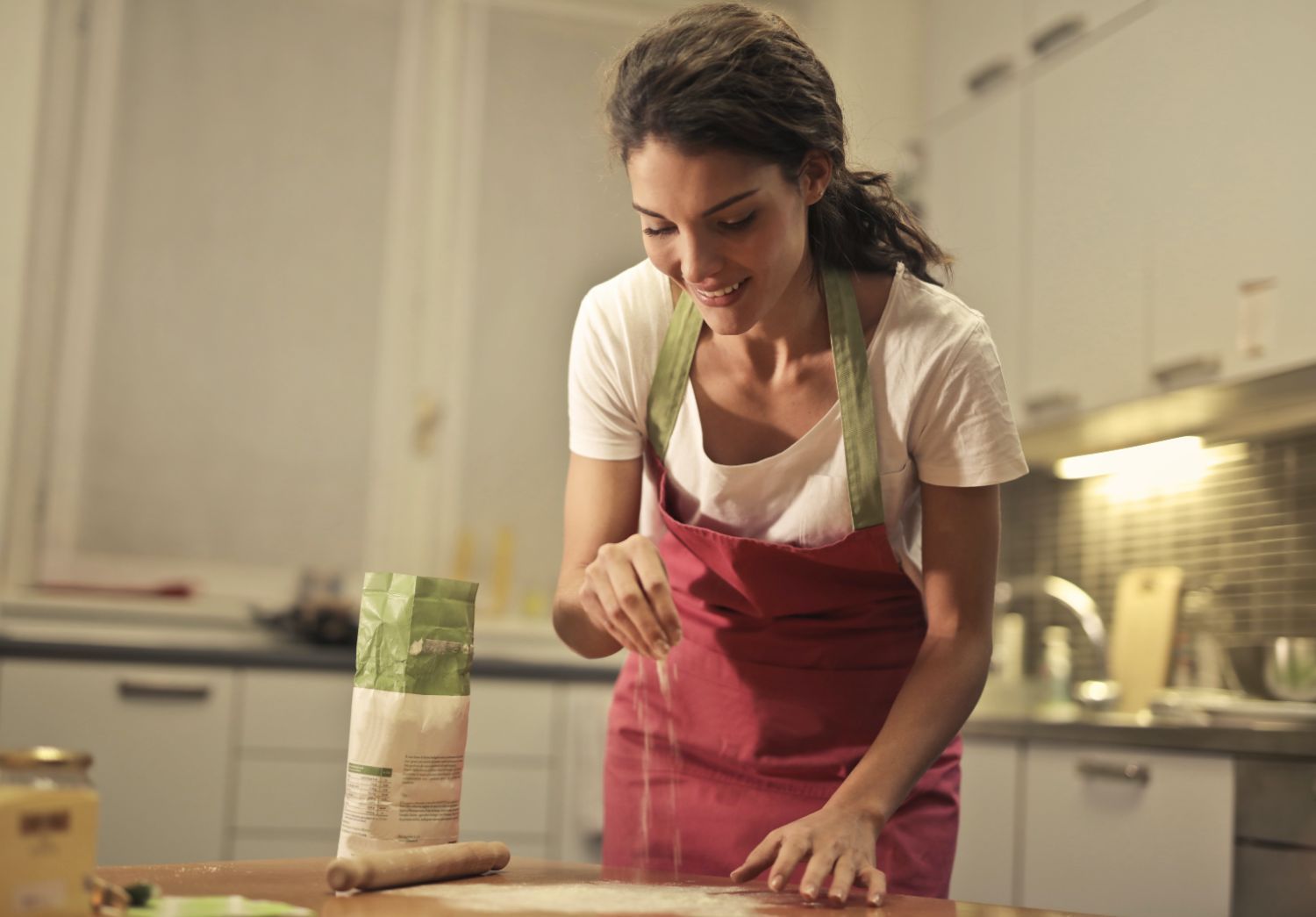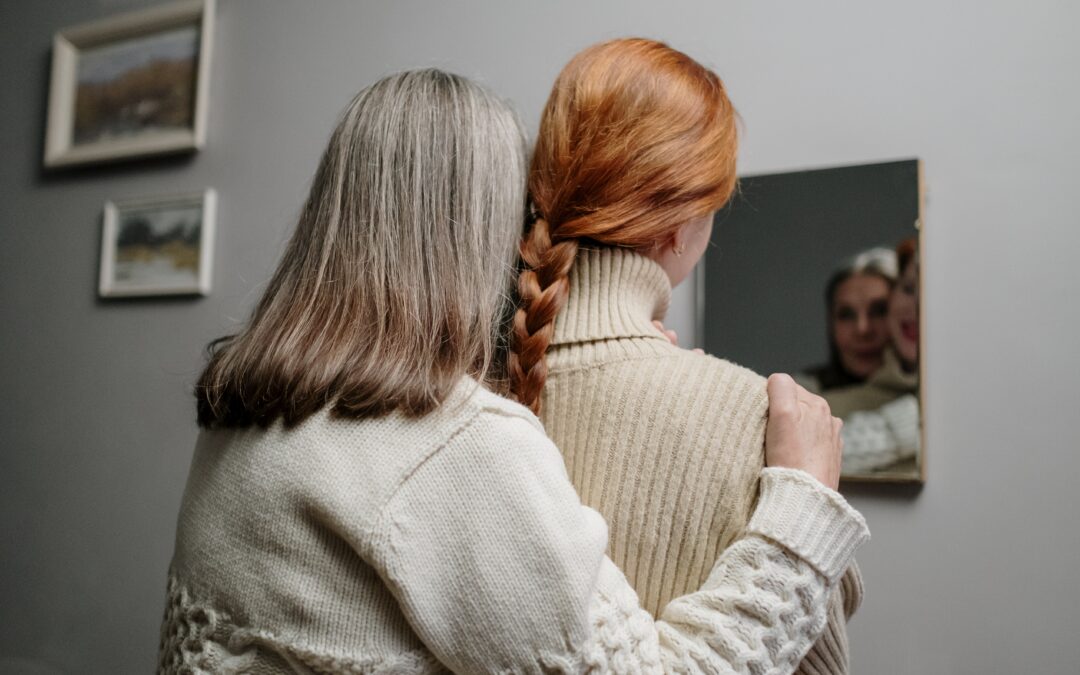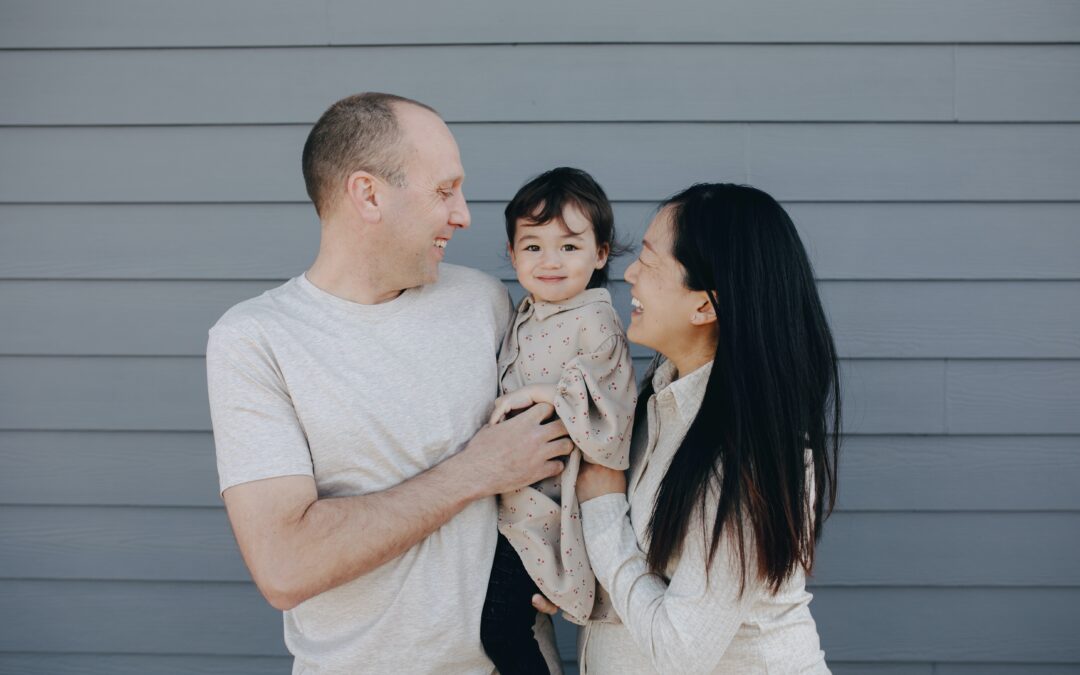How many young adult women today, armed with an education and ability to provide for themselves, would willingly embrace the life of a full-time, traditional housewife? While many might shrug and some might take offense, a small yet growing number of Millennial and Gen Z women would answer with an enthusiastic yes. These women, who share their lives as wives, mothers, and homemakers across social media and on blogs describe themselves as traditional wives, or Tradwives. While some accuse the Tradwife “movement” of sexism and racism, the truth is that this group of women represents a diverse set of personalities, interests, ethnicities, religions, and cultures. What is it about Tradwives that has the world up in arms, and what can we glean from their devotion to a seemingly outdated lifestyle?
One Woman’s Choice
Though some Tradwives knew their calling from the very beginning, others came to homemaking after pursuing a career. One such is Alena Kate Pettitt, a housewife and author whose blog The Darling Academy “celebrates the role of the housewife, traditional family dynamics, great homemaking, and shares the beauty of what makes ‘being at home’ truly worthwhile.” Pettitt formerly worked in London in the “cut-throat and fast-paced” beauty industry before she decided to dedicate herself to homemaking full-time. She has become something of a minor phenomenon since 2020, when she received international media attention for her seemingly anachronistic beliefs, manners, and dress. Pettitt argues that those who embrace full-time homemaking are often belittled and unsupported in today’s culture, and that her blog serves to encourage them in their embrace of traditional values and the stay-at-home lifestyle. Though one often associates feminism with an increase in women’s choice of lifestyle and occupation, Pettitt and others like her have been told that their choice is antifeminist, even outright misogynist. But it is likely that the Tradwife trend will continue to present a choice to women, particularly mothers, as the reality of inflation and a dearth of childcare render “having it all” unsustainable.
The “Classic” Wife
Blogger and cultural commentator Abby Roth has suggested that if one feels unsuited to uber-defined gender roles, one can instead embrace being what she calls a “Classic Wife” – a woman who may work part-time out of desire or necessity, but who never compromises on placing her traditional values, as well as husband and family, first. It is traditional, but more so biological fact, that women carry and disproportionately care for new life in the very early years. As such, it’s realistic to imagine that many women will have to set work outside the home aside for the sake of keeping home and taking care of babies. This, however, is the call of necessity rather than a lifestyle choice. In fact, much of what shapes the decision to become a housewife in the first place depends on what is deemed necessary for the good of the family.
A Timeless, Essential Role
The very-online nature of the Tradwife trend tends to conceal the nature of the timeless, essential role of homemaker in historical aesthetics or hyper-delineated gender tropes, but its insistence on the inherent value of women’s special duties in the home, and in marriage and family life, is indispensable. The philosopher Edith Stein famously wrote that a woman’s soul is “fashioned as a shelter in which other souls may unfold,” suggesting that the traditional housewife par excellence has little to do with tea and crumpets or the 1950’s, but everything to do with her husband and her family. Today’s culture could use the insight that homemaking is more than a lifestyle. It’s the ongoing, intentional preparation of a space in which to welcome loved ones in all their human neediness, a respite from the cold indifference of a world where one’s value is dictated by what one has rather than what one is.







